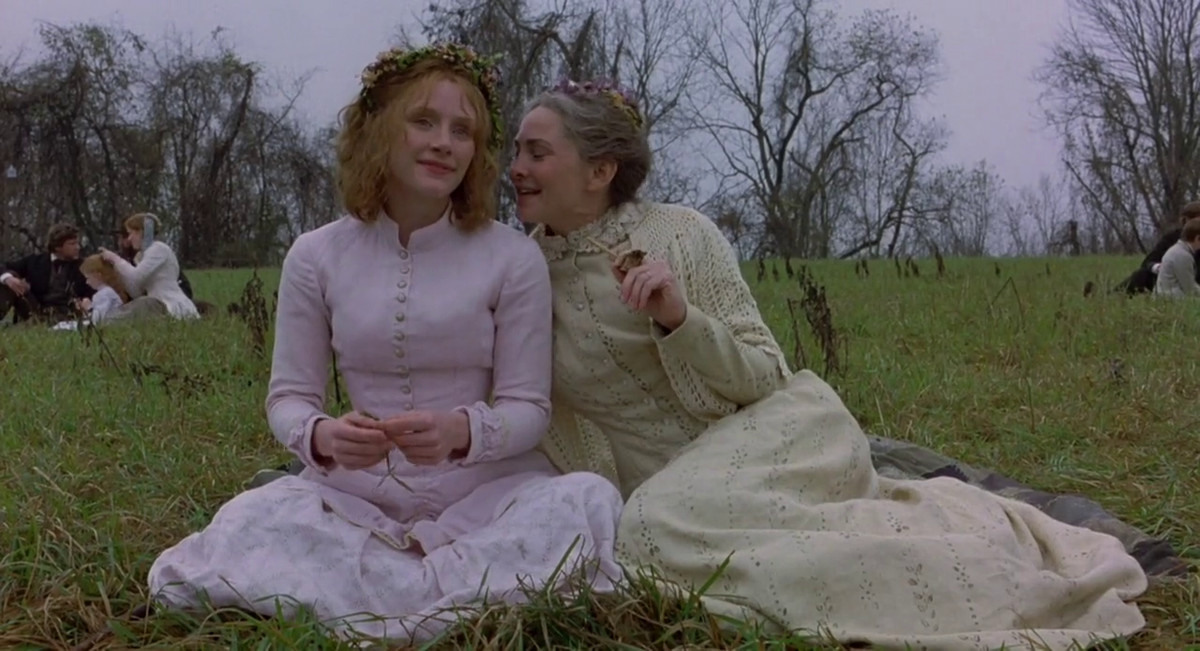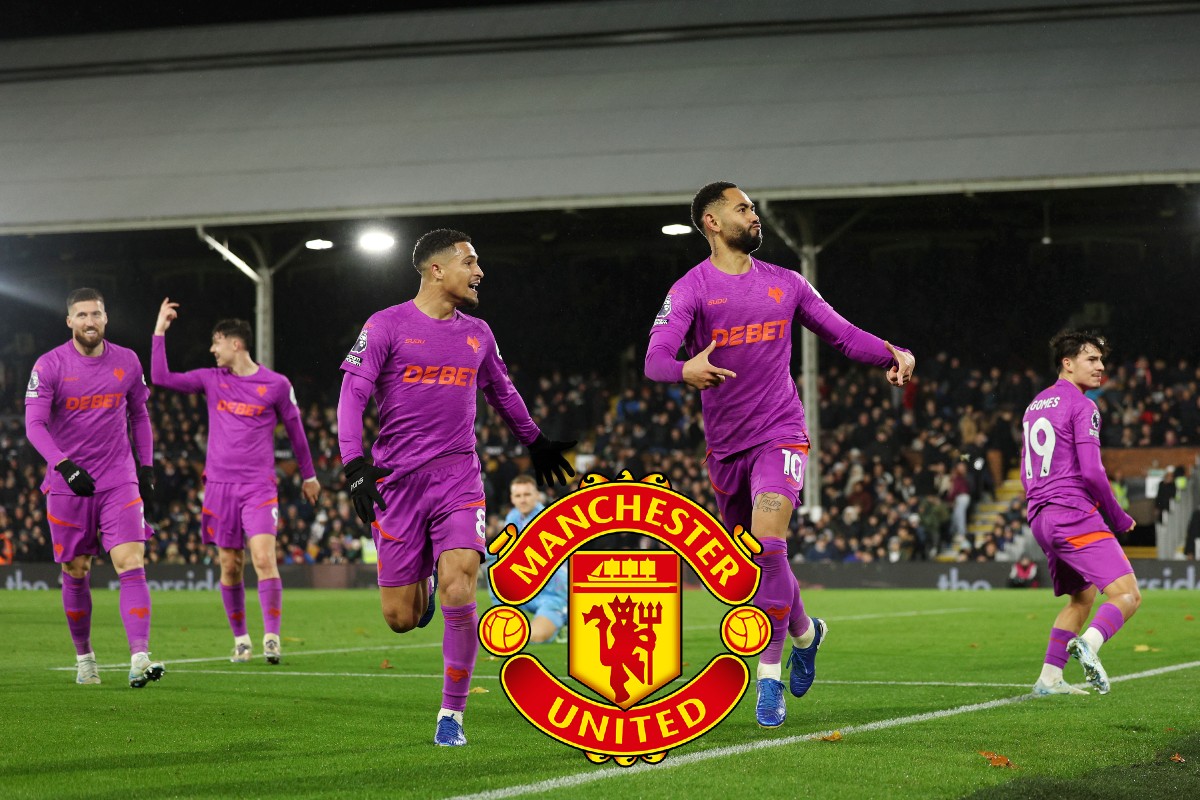Unmasking The Christie Influence In Shyamalan's "The Village"

Table of Contents
The Importance of Misdirection and Red Herrings (à la Christie)
Shyamalan expertly employs Christie's classic technique of misdirection, a cornerstone of her suspense novels. He leads the audience down a garden path of false assumptions, focusing our fear on the terrifying "creatures" lurking in the woods. This mirrors Christie's masterful use of red herrings, deliberately misleading clues designed to obscure the true nature of the mystery until the climactic reveal.
-
Analysis of specific scenes showcasing misdirection: The film's opening scenes, filled with ominous sounds and glimpses of shadowy figures, immediately establish the creatures as the central threat. This cleverly misdirects the audience away from the far more mundane, and ultimately human, source of the village's terror. The constant fear of the creatures serves as a powerful red herring, diverting attention from the true mystery.
-
Comparison of the "creatures" to common Christie red herrings: The creatures function much like false suspects in a Christie novel. They are presented as the obvious source of danger, a terrifying embodiment of the unknown. This mirrors Christie’s use of seemingly guilty characters, only to reveal their innocence later. Just as Christie often uses seemingly insignificant details to mislead the reader, Shyamalan utilizes atmospheric tension and visual cues to focus our attention on the wrong aspects of the mystery.
-
Discussion of the gradual revelation of the truth, mirroring Christie's pacing: The unveiling of the truth in "The Village" unfolds gradually, much like the slow burn of a classic Christie novel. The suspense builds steadily as clues are revealed, not all at once, mirroring Christie's careful pacing which keeps the reader guessing until the final pages.
The Closed Community as a Microcosm of Mystery (Christie's Island/Manor Setting)
The isolated village in "The Village" functions as a microcosm of mystery, remarkably similar to the classic Christie setting—a confined space where secrets are easily hidden and suspicion, if not outright accusations, falls on everyone. This isolation creates a breeding ground for mystery and mistrust, mirroring Christie's frequent use of isolated settings like islands (And Then There Were None) or grand country manors (many of her Poirot mysteries).
-
Comparison of the village's isolation to Christie’s typical settings: Like the isolated island in And Then There Were None or the confined space of a train in Murder on the Orient Express, the village in "The Village" limits the possibilities and intensifies the sense of claustrophobia and suspicion. This confinement allows for a greater focus on the interpersonal relationships and hidden secrets within the community.
-
Examination of how the village's rules and traditions contribute to the mystery: The village's strict rules and traditions, passed down through generations, contribute to the overall mystery. These rules maintain the deception and prevent outside interference, just as Christie's novels often feature intricate rules and social structures that play a key role in the unfolding of the mystery.
-
Analysis of the community's role in perpetuating the deception: The community itself actively participates in perpetuating the deception, creating a collective lie that maintains the fragile peace. This echoes Christie’s use of communal secrets and shared guilt, adding another layer of complexity to the mystery.
The Role of Unreliable Narration (A Christie Staple)
Similar to Christie's frequent use of unreliable narrators, "The Village" presents information through the eyes of characters who are not entirely truthful or aware of the whole picture. This ambiguity, a Christie staple, heightens the suspense and keeps the audience guessing, prompting us to question the veracity of what we see and hear.
-
Identification of unreliable narrators within the film: The film subtly uses multiple perspectives, making it challenging to separate fact from perception. Ivy, for example, often reflects the naive and somewhat fearful viewpoint of the villagers, obscuring the truth through her own innocent bias.
-
Discussion of how their perspectives shape the audience's understanding of events: These different viewpoints, each colored by personal experiences and beliefs, shape our interpretation of the events. We are kept guessing about the true nature of the 'creatures' and the history of the village, much as the reader is often left to question the reliability of a Christie narrator.
-
Analysis of how the unreliable narration contributes to the overall mystery: This unreliable narration is key to maintaining the suspense and the overall mystery, leading the audience down the same path of uncertainty that the characters themselves tread. This mirrors Christie’s masterful use of unreliable perspectives to create a more complex and intriguing narrative.
The Unveiling of the Twist Ending (Christie's Signature)
Both Christie and Shyamalan are celebrated for their shocking twist endings. The revelation at the climax of "The Village" shares thematic and structural similarities with Christie's surprising conclusions, often stemming from unexpected connections and carefully concealed truths. The impact of the twist is profound, altering our perspective of the characters and the narrative itself.
-
Comparison of the twist endings in "The Village" and several Christie novels: The unexpected resolution in "The Village" shares a thematic resonance with Christie’s ability to present a seemingly straightforward mystery that is ultimately upended by a surprising truth, as seen in many of her novels including, most notably, And Then There Were None.
-
Discussion of the impact of the revelation on the audience's perception of the characters and plot: The twist ending dramatically shifts our understanding of the characters' motivations and actions. What initially seemed like a tale of external horror becomes a story of internal conflict, fear, and the self-imposed constraints of a community bound by shared trauma and deception.
-
Analysis of the narrative techniques used to achieve the surprising conclusion: Shyamalan employs subtle foreshadowing and carefully placed clues throughout the film to prepare for the twist, mirroring the intricate plotting often found in Christie’s novels. The gradual unveiling of the truth enhances the impact of the reveal, leaving the audience stunned yet satisfied.
Conclusion
"The Village," while distinctly Shyamalan’s own creation, carries an undeniable imprint of Agatha Christie's storytelling genius. By masterfully employing Christie's techniques of misdirection, isolated settings, unreliable narration, and shocking twists, Shyamalan crafts a suspenseful narrative that thrills fans of both Christie’s mysteries and his own psychological thrillers. The film serves as a testament to the enduring power of Christie's influence on modern storytelling, proving that the techniques of the Queen of Crime remain as effective and thrilling today as ever. Explore the subtle connections further and uncover more of the Christie influence in Shyamalan’s work—unmask the mysteries yourself!

Featured Posts
-
 Analyzing The Impact Of Qbts Upcoming Earnings On Stock Price
May 20, 2025
Analyzing The Impact Of Qbts Upcoming Earnings On Stock Price
May 20, 2025 -
 Matheus Cunha To Man United Latest Update From A Journalist
May 20, 2025
Matheus Cunha To Man United Latest Update From A Journalist
May 20, 2025 -
 Philippines Rejects Chinese Demands Missile System Remains
May 20, 2025
Philippines Rejects Chinese Demands Missile System Remains
May 20, 2025 -
 Spring 2025 Amazon Sale Up To 60 Off Hugo Boss Perfumes
May 20, 2025
Spring 2025 Amazon Sale Up To 60 Off Hugo Boss Perfumes
May 20, 2025 -
 Nyt Mini Crossword Answers For March 8 2024
May 20, 2025
Nyt Mini Crossword Answers For March 8 2024
May 20, 2025
